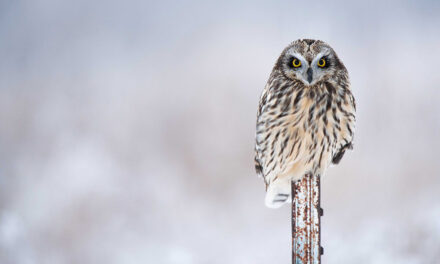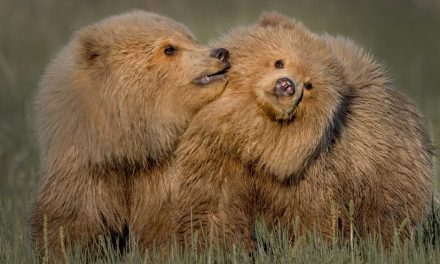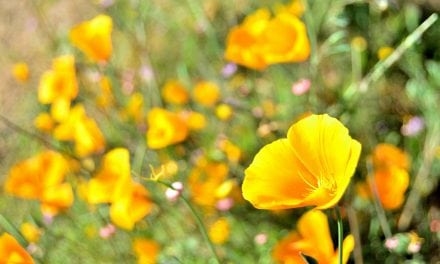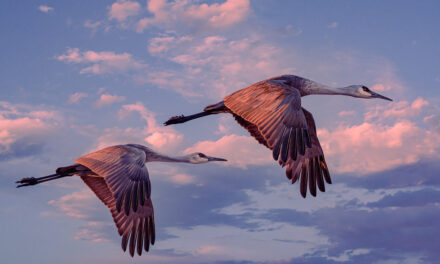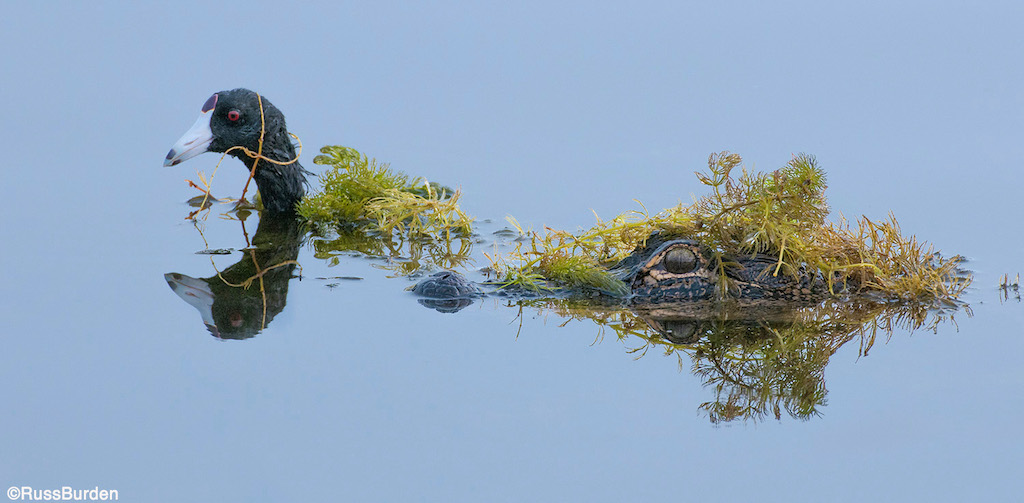
Given the technology and capabilities of today’s cameras, the number of hobby and serious wildlife photographers grows by leaps and bounds. The frame per second rate is through the roof, the accuracy of autofocus is mind blowing, the high ISO capability is phenomenal, video is at an all-time clean quality and lens sharpness is off the charts. It’s a great time to be a wildlife photographer. Given the superstar advancements in capture capability, wouldn’t it stand to reason that every photo of an animal be perfect? This is obviously a rhetorical question given the known facts of how the photographer factors in to make the image. The light, background, expression of the animal, composition, chosen aperture and so much more must gel. For this week’s tip, I present six shots with a rundown of the keys to successful wildlife images for each.
The Stalked Coot
Patience and persistence come in all shapes and sizes. Sometimes we wait for a subject to wake, fly, run or yawn. At other times, we patiently hope and pray everything comes together at once—that’s what happened in this image. The gator slowly stalked the coot. The speed at which both moved kept the water dead calm. The camouflage that covered each animal didn’t obscure their eyes. The fog and overcast light kept the illumination even so all parts of both subjects were distinct. For a split second, the coot turned its head toward me so the eye angle was perfect. All the shots previous to and after this capture lacked the moment when all fell into place. It pays to be patient!
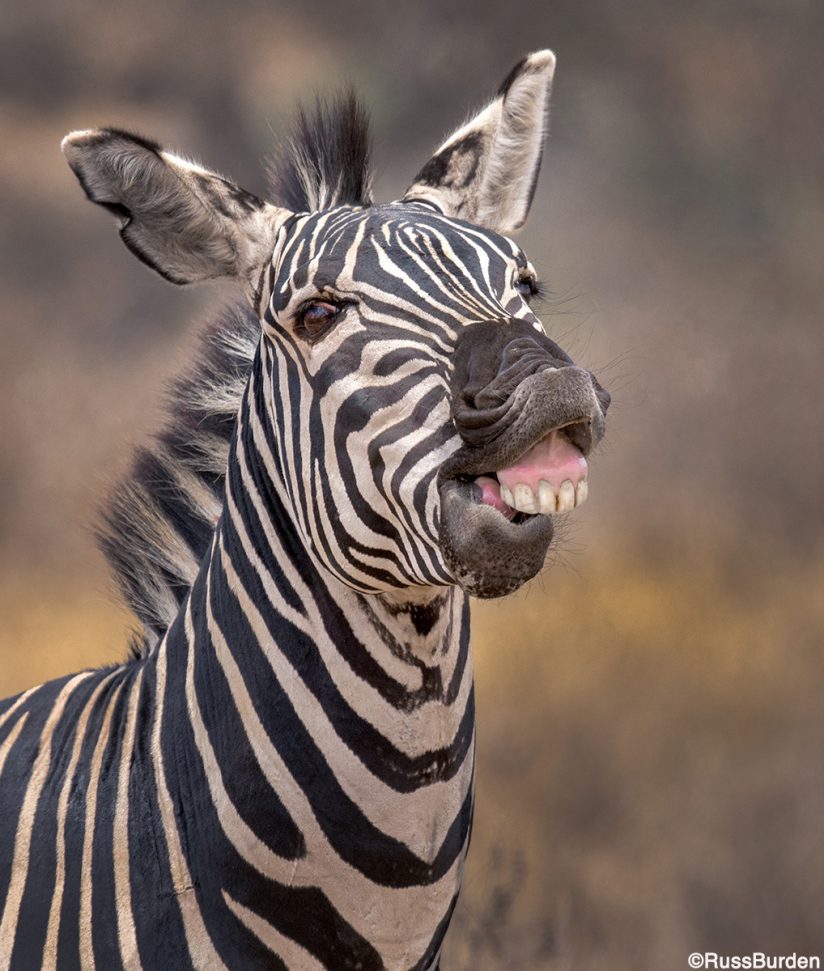
Zebra
Go beyond the “place holder” portrait to capture an expression or emotion. Sometimes it’s the eyes, the teeth, a comical or quizzical look or the perfect head angle that converts a snapshot into a wall hanger. A number of other aspects work to make this image successful. Note the background is out of focus, which allows the head to pop off the page. I used a focal length/lens aperture combo to create that effect. A long lens and wide aperture help throw a background out of focus. I checked my DOF preview to make sure I maintained sharpness on the zebra while I put the vegetation out of focus. The zebra also had to be far enough away from the brush to allow that. The light was warm and soft, which reduced the contrast and provided a semi-sunset look.
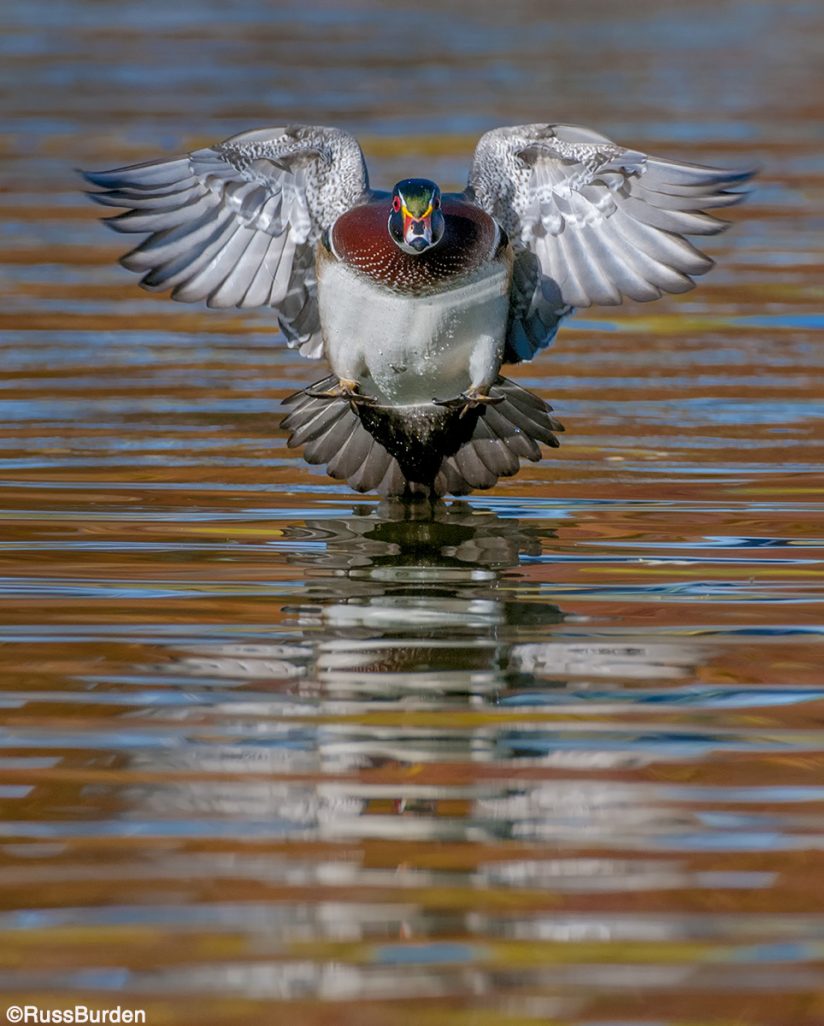
Landing Wood Duck
I made this image in the autumn when the trees at my local park reflect fall color in the water. I listened for the sound of incoming wing flaps as the wind and light direction were perfect that morning. Ducks land into the wind and the sun was on my back! I tracked a single duck as it neared the water. I started to make photos when it was just above the water. The duck spread his wings to slow down, his feet went out to absorb the impact and his eyes looked down the barrel of my lens. Persistence pays off!
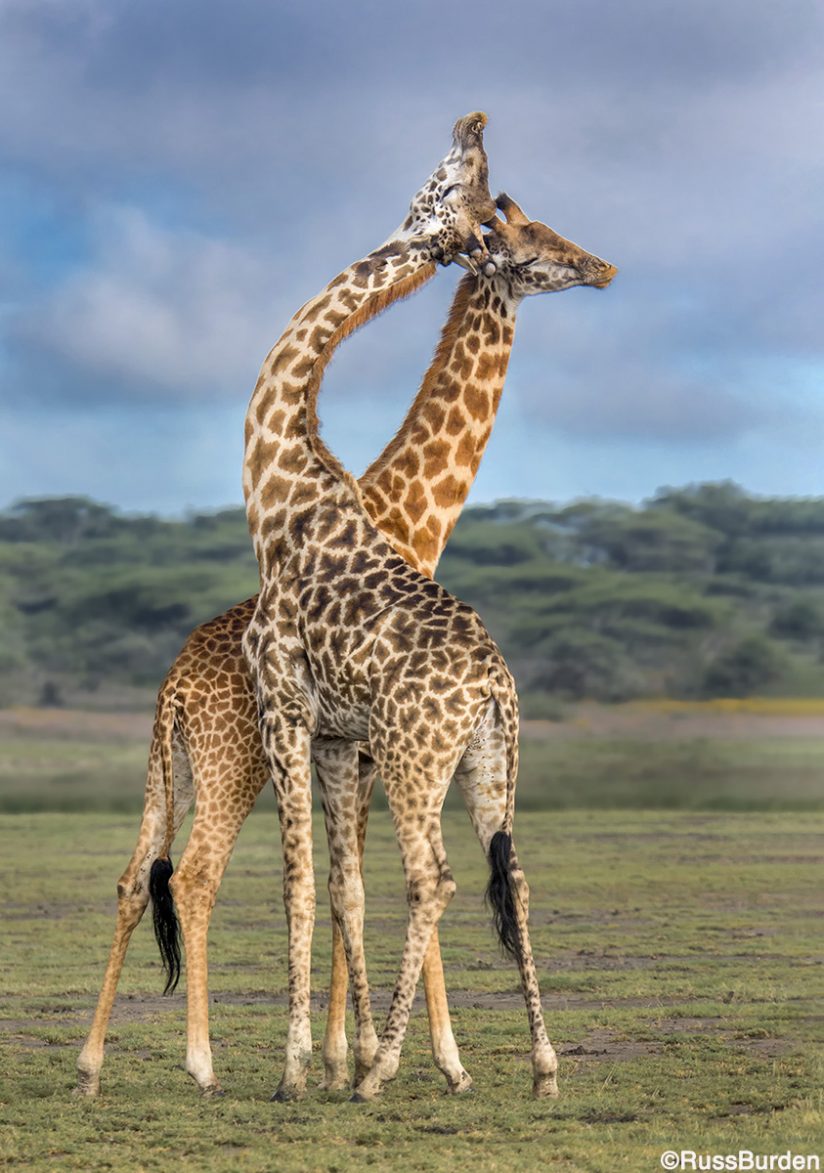
Dueling Giraffes
Giraffes are gorgeous animals, but when one or two simply stand in their environment and display little action, they become static subjects. It was great to see these two perform what’s known as necking. It’s a slow and methodical display of behavior, so it’s fairly easy to wait for that perfect moment to make the shot. The light was bright yet soft so the illumination was even throughout the scene. The background was far enough in the distance so the necessary focal length to capture the full frame image of both giraffes created the look.
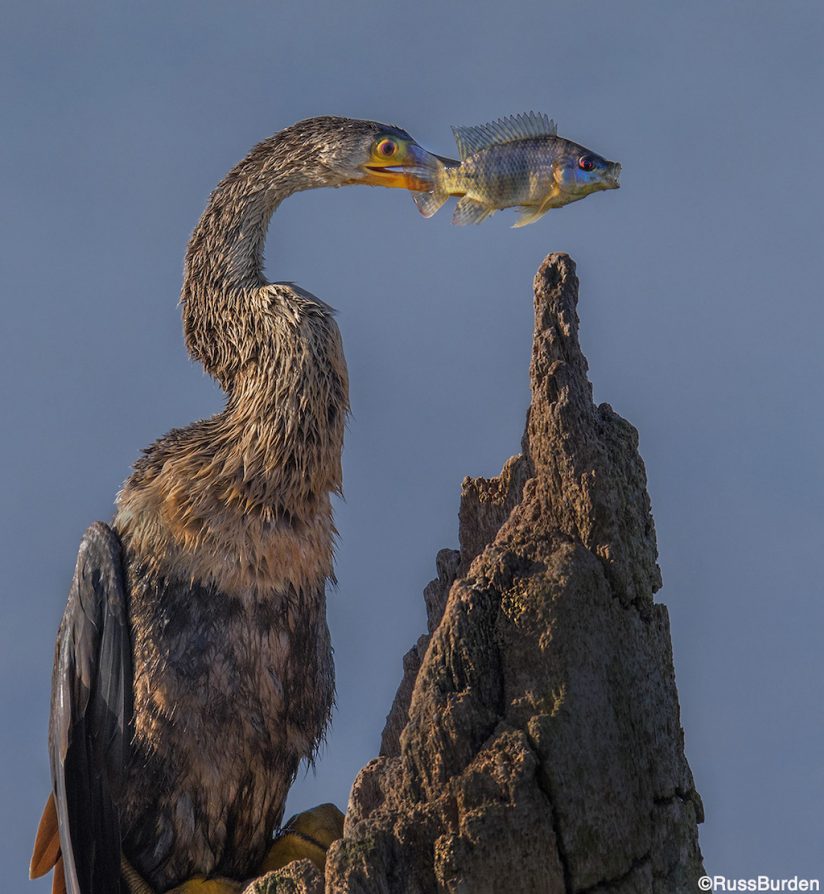
Anhinga And Fish
For this shot, the early light provided soft, warm illumination; the perch framed and mimicked the shape of the bird; and for a split second, the bird turned so the fish was totally perpendicular, the head angle of the anhinga was perfect and the fish made a circle with its lips. I got down low so the backdrop was clear blue morning sky, which eliminated a number of distractions. Again, patience pays off.
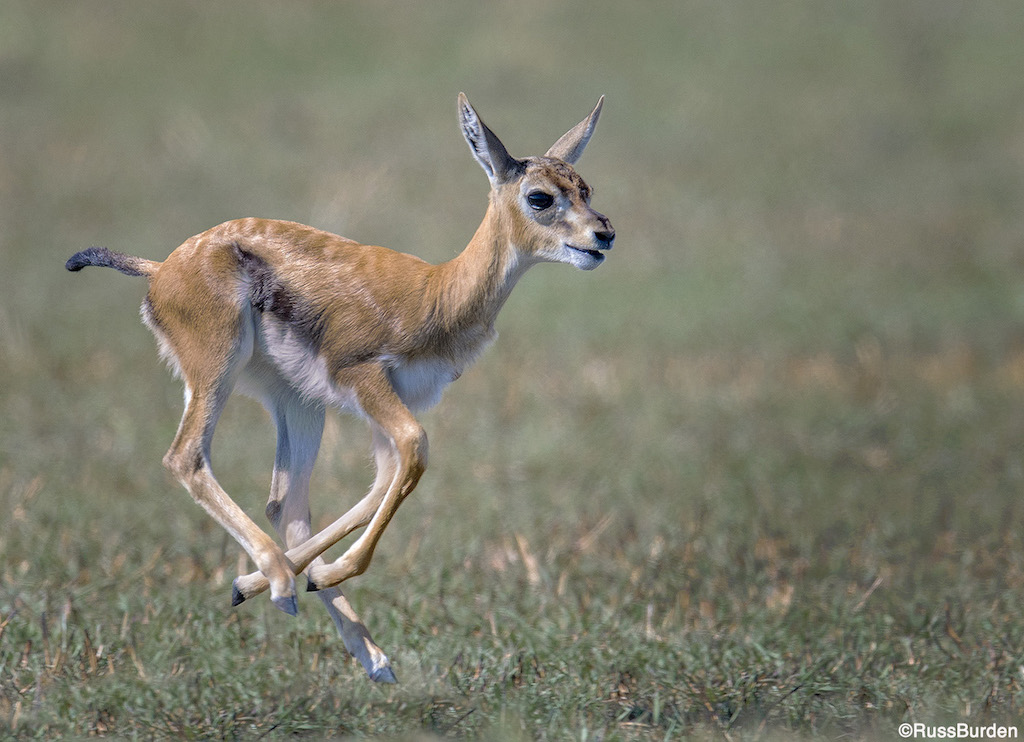
Young Gazelle
A good wildlife shot frequently shows action or behavior. Additionally, the subject is clean and a good specimen. The head angle connects the viewer to the subject. And as I stated prior, the background allows the animal to pop off the page and not compete for attention. I did make a sequence of this young running gazelle, but I chose this image because all four feet were off the ground and grouped together. That isn’t always the case, so give yourself a pat on the back when you capture that special instance.
By citing a few examples of what does work to elevate a wildlife image from ordinary to one that makes a viewer stop and look at your photo, I hope you can mimic some of these concepts as you use your new and amazing camera in ways that make you proud of your work.
To learn more about this subject, join me on a photo safari to Tanzania. Visit www.russburdenphotography.com to get more information.
The post Keys To Successful Wildlife Images appeared first on Outdoor Photographer.











